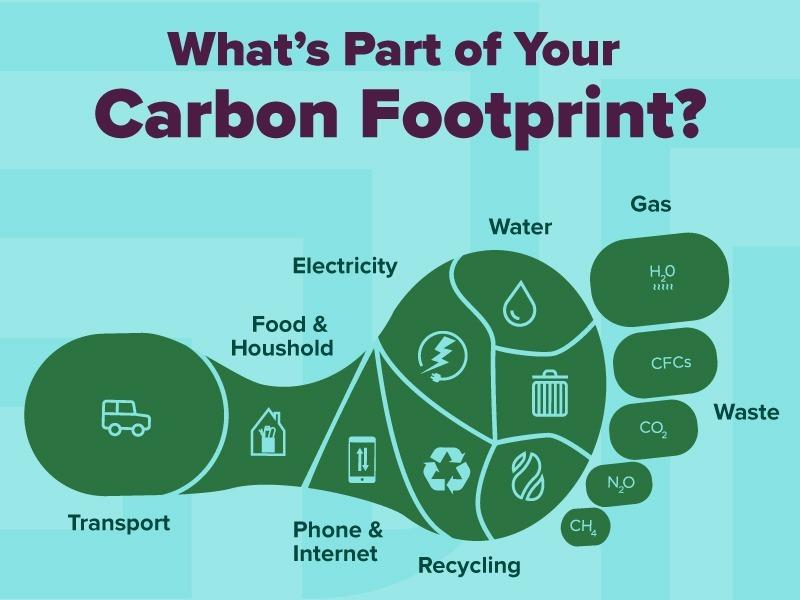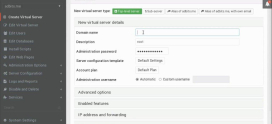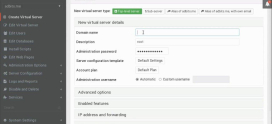
How to Reduce the Carbon Footprint of Your E-commerce Hosting
In today’s world, where climate change has taken center stage, many of us often wonder: what can I do to make a difference? It’s a valid concern. Whether you’re a seasoned e-commerce business owner or just starting out, the responsibility of reducing your carbon footprint can feel overwhelming. We all want to do our part, but where do we even begin? Well, here’s the good news: you’re not alone in this quest. Many small and large e-commerce companies are grappling with the same questions, which can make it feel like you’re part of a larger movement toward sustainability.
As consumers become more conscious of their environmental impact, it’s essential for e-commerce platforms to adapt. The realm of e-commerce hosting may seem like an abstract concept, but it plays a significant role in your business’s environmental footprint. Curious how your website and its hosting choices can contribute to or alleviate that burden? Let’s delve into practical strategies that will not only soothe your eco-conscious heart but could also enhance your business’s efficiency. Ready to explore ways to reduce your e-commerce hosting carbon footprint? Let’s jump in!
Understanding the Carbon Footprint of E-commerce Hosting
The concept of a carbon footprint refers to the total amount of greenhouse gases produced to support human activities, measured in units of carbon dioxide. For e-commerce platforms, this can encompass everything from electricity usage in data centers to the energy consumed while your customers browse your website. Imagine your online store as a digital storefront powered by a hidden world of servers and energy consumption—every click has an impact.
1. Choose Eco-Friendly Hosting Solutions
One of the most effective ways to reduce your carbon footprint is to select an eco-friendly web hosting service. This means opting for companies that utilize renewable energy sources, like solar or wind power. When searching for a hosting provider, consider the following:
- Renewable Energy Certificates (RECs): Hosting companies should have RECs that verify their use of green energy.
- Carbon Offsetting: Some companies invest in projects that offset carbon emissions, such as reforestation or wind farm initiatives.
- Energy-Efficient Data Centers: Investigate whether the hosting provider employs energy-efficient infrastructure and cooling technologies.
For example, DarazHost has established a reputation for integrating sustainability into its hosting environment, making it a commendable choice for eco-conscious e-commerce businesses.
2. Optimize Your Website for Performance
Did you know that a sluggish website not only frustrates customers but also leads to increased energy consumption? Every unnecessary element on your site requires data transfer, which translates to energy usage. To mitigate this:
- Compress Images and Files: Use tools that automatically compress images and CSS files without sacrificing quality.
- Reduce Redirects: Each redirect can create additional HTTP requests, consuming more energy. Keep your architecture clean.
- Implement Browser Caching: This allows frequently accessed data to be stored, reducing server load and energy use.
Thus, a faster website not only enhances user experience but also lowers the energy required to serve your content.
3. Go Green with Your Content Delivery Network (CDN)
Utilizing a Content Delivery Network (CDN) can significantly reduce your site’s carbon impact. CDNs store cached versions of your website across multiple servers around the globe. When visitors access your site, it’s delivered from the closest server, cutting down on energy use. When selecting a CDN, look for providers that are committed to sustainability.
A few key points to keep in mind:
- Server Locations: Choose a CDN with strategically located servers to minimize the distance data travels.
- Renewable Energy Use: Opt for CDNs that utilize 100% renewable energy.
4. Evaluate Your E-commerce Software
The software and platform you use for your e-commerce store can influence its overall environmental impact. Popular platforms like Shopify, WooCommerce, or Magento have different energy profiles and optimizations.
- Choose Lightweight Themes: Opt for themes that are optimized for performance rather than those loaded with features that may slow your site down.
- Limit Extensions: Every additional plugin can increase server requests; only keep the necessary tools.
Make sure to research e-commerce platforms that prioritize sustainability in their coding practices and server management, minimizing resource usage.
5. Encourage Sustainable Practices Among Customers
It’s not just about your hosting; the entire shopping experience can be tweaked to promote sustainability. Here are a few ideas:
- Digital Receipts: Encourage customers to opt for digital receipts, reducing paper waste.
- Eco-Friendly Product Options: Highlight products made from sustainable materials.
- Promote Local Shipping: Encourage customers to select local shipping options; this reduces transportation emissions.
By educating your customers on adopting eco-friendly practices, you not only reduce your footprint but also engage them in your mission.
6. Leverage Sustainable Payment Gateways
The payment processes you integrate into your platform can also have an impact. Many payment gateways consume energy through transaction processing. Look for gateways that are committed to sustainability and also consider offering options that encourage donations to environmental causes during checkout.
7. Monitor Your Carbon Footprint Regularly
Actions without measurement can lead to missed opportunities for improvement. Regularly assess your carbon footprint to identify areas for growth and enhancement. Various tools and services exist that can help you analyze energy use and offer actionable insights.
FAQs
How can I find eco-friendly hosting providers?
Search for web hosting companies that offer renewable energy solutions, such as wind or solar power, and check their certifications like Green Hosting or Carbon Neutral.
Will optimizing my website really reduce energy consumption?
Yes! Optimizing your website for performance will not only enhance user experience but will also help to minimize the energy needed for data transfer, leading to a smaller carbon footprint.
What is a CDN and how can it help me?
A CDN is a network of servers around the world that deliver your website content to users from the closest server. This reduces load times and energy use, making it an effective way to decrease your carbon footprint.
Are digital receipts really better for the environment?
Absolutely! Digital receipts eliminate the need for paper, thereby significantly reducing waste and the resources used to produce physical receipts.
Can my customers help reduce the carbon footprint?
Yes! Encouraging your customers to choose eco-friendly shipping options, recycle packaging, and support sustainable products can collectively make a significant impact.
Conclusion
Reducing the carbon footprint of your e-commerce hosting doesn’t have to be an intimidating endeavor. With the right strategies, tools, and mindset, you can effectively contribute to a healthier planet while running a successful business. Remember, every small change counts, and the ripple effect can lead to monumental impacts. Take the first step today by exploring eco-friendly hosting options or optimizing your website’s performance. Together, we can make e-commerce a force for positive change in the world. Ready to take action? Let’s do this together!









